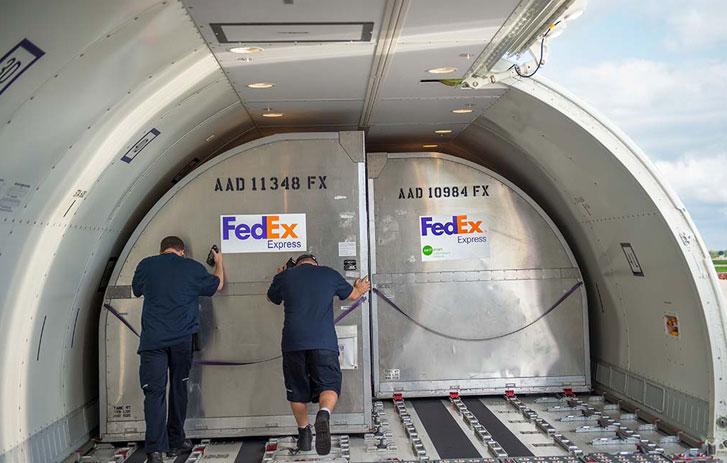The case study on Optimizing Supply Chain Efficiency is a highlights on how FedEx has become a leader in the logistics industry by optimizing its supply chain through a combination of strategies.
Introduction
FedEx supply chain is a global logistics and delivery services company that has built its reputation on the efficiency of its supply chain.
With a vast network of warehouses, distribution centers, and transportation assets, FedEx has become a leader in the logistics industry.
This case study will examine how FedEx has optimized its supply chain to improve efficiency and reduce costs.
1: Streamlining Operations
One of the key strategies that FedEx supply chain has used to optimize its supply chain is streamlining operations. This involves identifying areas where processes can be simplified or eliminated to reduce waste and increase efficiency.
For example, FedEx has implemented a system of automated package sorting that can process up to 500,000 packages per hour. This has greatly reduced the time and labor required to sort and distribute packages, resulting in faster and more reliable deliveries.
2: Leveraging Technology
Another important factor in optimizing supply chain efficiency is the use of technology. FedEx has invested heavily in a range of technologies, including GPS tracking, real-time data analytics, and mobile devices for drivers.
These technologies allow FedEx supply chain to track packages in real-time, optimize delivery routes, and provide customers with accurate and up-to-date delivery information.
They also enable FedEx to make data-driven decisions about its operations, helping to improve efficiency and reduce costs.
3: Continuous Improvement
A third strategy that has helped FedEx to optimize its supply chain is a commitment to continuous improvement. This involves regularly reviewing and refining processes to identify areas for improvement.
For example, FedEx supply chain has implemented a program called “Quality Driven Management,” which encourages employees to identify and report opportunities for improvement.
This has helped to create a culture of continuous improvement within the company, which has led to many small but significant improvements in efficiency over time.
Conclusion:
FedEx has optimized its supply chain through a combination of strategies, including streamlining operations, leveraging technology, and continuous improvement.
By simplifying processes, investing in technology, and fostering a culture of continuous improvement, FedEx supply chain has been able to reduce costs, improve efficiency, and provide better service to its customers.
As the logistics industry continues to evolve, it is likely that FedEx supply chain will continue to innovate and optimize its supply chain to maintain its position as a leader in the industry.




